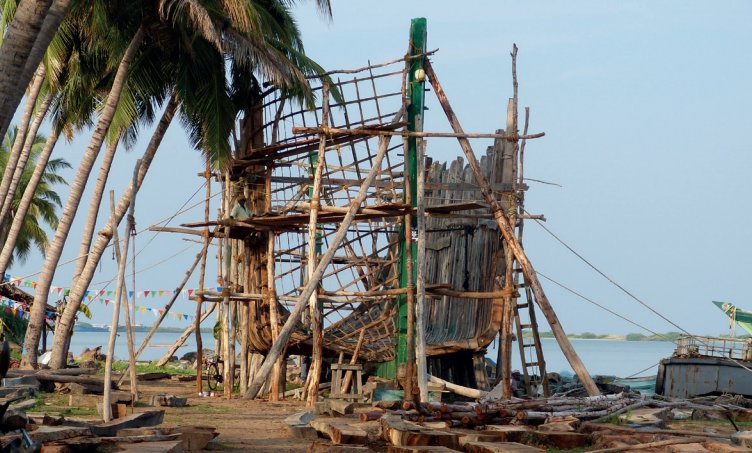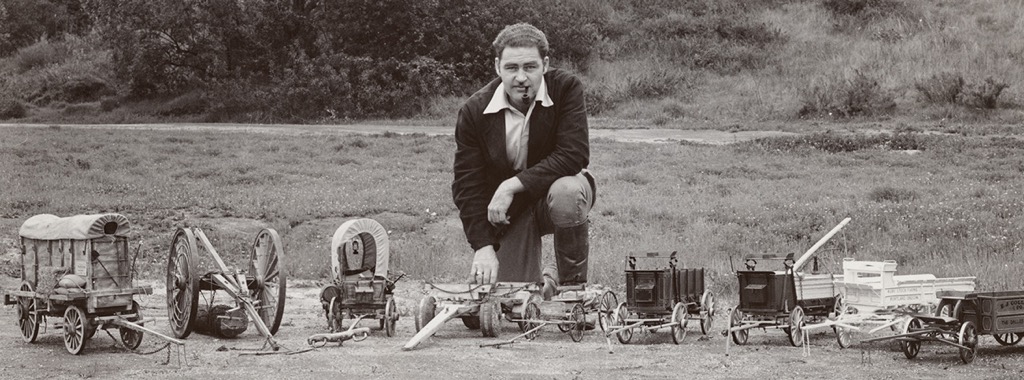Earlier this year Rachel Donald interviewed me for her podcast “Planet: critical”. Here’s the video. Also check out the other episodes, there’s lot of interesting stuff there. https://www.planetcritical.com.
Low-tech Magazine: Article Readings
One of Low-tech Magazine’s readers, Arie James Dallas, has started making audio versions of articles. Three articles are available at the moment. Find their playlist here.
Wild Craft: Wooden cargo ships of South India
Giant wooden cargo ships that braved the oceans for thousands of years are still being made in the South Indian state of Tamil Nadu. Even as metal motorised ships became the norm, some shoreline communities in South India continue to craft this wooden cargo ship. In a blend of reason, creativity and hard work the communities engineered their past to forge a future. This book traces the transition of this tradition over time.
The authors have created a photo documentation using hundreds of images that capture the shipyard’s atmosphere to offer a narrative and the manufacture of these ships at each step of their construction. It analyzes the conditions of their economic viability and how it has evolved over time. Through visual anthropology this book offers a narrative of wooden cargo ship building and craftsmanship in south Asia.
The open access book can be downloaded from https://www.ifpindia.org/bookstore/wild-craft/.
There is also a video about the project: Of Wind and Wood. Sustainable cargo ships in France and in India.
The Ivan L. Collins Collection of Historic Vehicles in Miniature
Ivan L. Collins created historically accurate models of horse-drawn vehicles using painstaking research to ensure that every detail was authentic. Built at one-eighth scale, these models represent transportation technology before the automobile. Collins saw this work as more than a hobby; his models were a way to preserve history for future generations.
See and read more:
https://www.ohs.org/museum/exhibits/models-in-motion-ivan-collins-miniature-vehicles.cfm
http://www.scalemodelhorsedrawnvehicle.co.uk/(Ivan%20Collins).htm
Thanks to David Barnes.
Image: Oregon Historical Society.
Back to the Future of the Internet
Earlier this year we organised an event in Barcelona, “Back To The Future Of The Internet”, in which we explored concepts from the Internet’s history that can help create a more sustainable future network. The video is now online:
The SmolPhone
“The SmolPhone project is an action research on the topic of low-tech in the domain of IT systems. Its practical aspects consist in designing a sort of low-tech smartphone offering some services of a classical smartphone with a one-week battery lifetime. The goal is not to optimize a typical smartphone but rather to reconsider the smartphone design space, exploring unusual architectures and evaluating the set of features that should be part of long-lasting smartphones.”
Quoted from: Rautureau, Aloïs, et al. “Quantifying the tiny-Small design of the SmolPhone.” ICT For Sustainability (ICT4S). 2024. Related articles.







